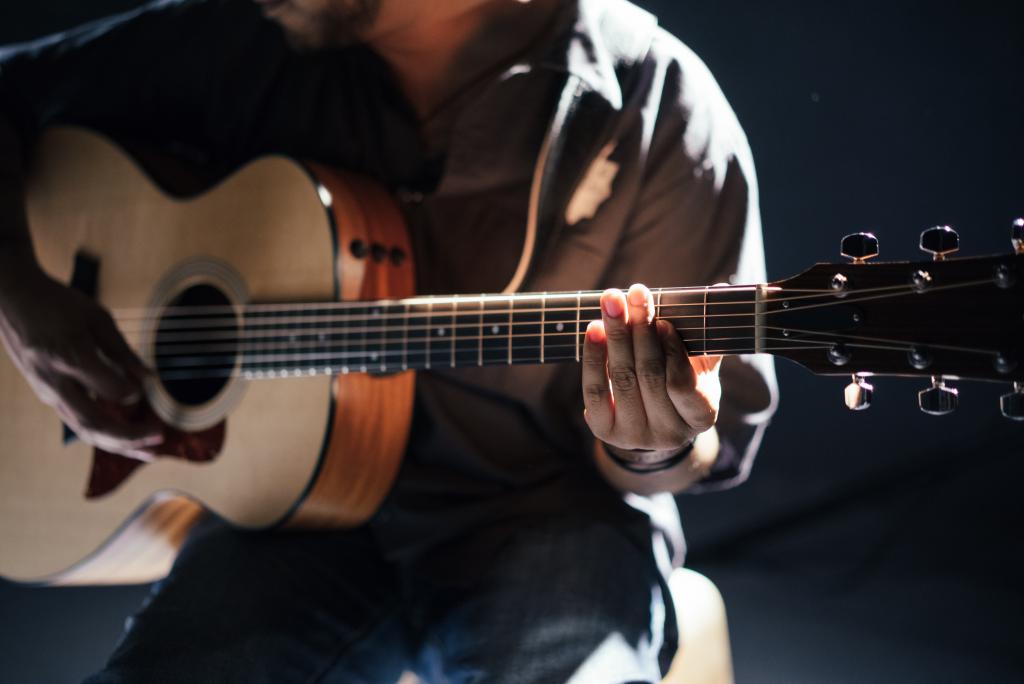The only cure for grief is action.
- George Henry Lewes
Philosopher & Physiologist
Why We Use Actions In Funerals
The actions of a funeral provide movement for bereaved friends and family.
Mourners often don’t know what to do with their grief.
Finding that everyday words are inadequate, they turn to the rituals of the funeral ceremony.
And funerals are made up of a number of ritualistic physical actions, all of which give mourners a way to literally move through the funeral process (and thus through this difficult time of their grief).
Mourners Benefit From Being Involved In ‘Actions’
The receiving line at the visitation (and/or the gathering), for example, is a tradition that may be going by the wayside.
But when it is used, it is an action that gives both funeral guests and the primary mourners a time and place to acknowledge the reality of the death, greet one another, and speak their condolences and support.
Physical actions during the ceremony, such as receiving friends, standing together, kneeling, and taking communion (at religious ceremonies), give a form and shape to the event.
This helps everyone feel secure and comfortable. It also helps them feel that they’ve participated in something important and with meaning.
Involving Other Mourners Gives Greater Meaning To All
Also, when ‘special’ mourners are recognised by being invited to play a special role in the funeral service—such as pallbearers, soloists, and reader—they complete actions during the ceremony that can help make the funeral very meaningful for them.
The procession (or cortege, which means ‘to pay honour’) from the funeral to the cemetery is a significant action that everyone can participate in.
Leaning On Tradition For Meaning
Whilst some people argue that the procession is a useless inconvenience, the truth is that it is a profoundly meaningful funeral element.
Often, the last thing we can do for someone we love is accompany him or her to their final resting place.
Also, the procession is intended to activate community support.
Drivers are encouraged to pull over and show respect for this final rite of passage.
The Committal Ceremony: A Physical Conclusion To The Formal Funeral Ceremony
Holding a committal ceremony is another action that contributes to a meaningful funeral.
The burial of the body not only helps us acknowledge the reality and the finality of death, it also symbolises the separation that the death has created.
A service that includes the actual lowering of the coffin into the ground (or commitment of the cremated remains to a niche) helps mourners confront the reality of the death.
Gently placing handfuls of earth into the grave is an action mourners can take during the committal ceremony that also helps them meet this mourning need.
Using Music To Signal Finality
Closing music may also be played at the end of the ceremony.
Music could include a solemn piece for reflection or a more upbeat, favourite song of the deceased.
Music at this time lends an air of finality to both the life and the funeral.

Source: Dr Alan Wolfelt